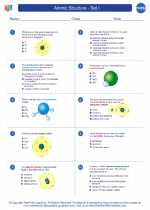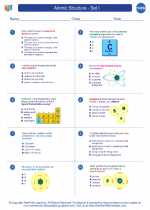Nuts
Nuts are a type of seed that is encased in a hard shell. They are a popular snack and are also used in cooking and baking. From a chemical perspective, nuts contain a variety of organic compounds, including fats, proteins, and carbohydrates, as well as vitamins and minerals.
Chemical Composition of Nuts
Nuts are known for their high fat content, which primarily consists of healthy unsaturated fats, such as omega-3 and omega-6 fatty acids. These fats contribute to the characteristic texture and flavor of nuts. In addition to fats, nuts also contain proteins, which are made up of amino acids. The protein content varies among different types of nuts, with some being higher in protein than others.
Carbohydrates are another significant component of nuts, albeit in smaller amounts compared to fats and proteins. Nuts also contain dietary fiber, which is important for digestive health. The fiber content varies among different types of nuts and can influence their nutritional value.
Minerals and Vitamins in Nuts
Nuts are a good source of various minerals, including magnesium, potassium, zinc, and selenium. These minerals play essential roles in maintaining bodily functions, such as muscle function, bone health, and immune system support. Additionally, nuts contain vitamins such as vitamin E, vitamin B6, and folate, all of which contribute to overall health and well-being.
Chemical Reactions Involving Nuts
When nuts are roasted, a series of chemical reactions occur. The Maillard reaction, for example, is a complex chemical reaction between amino acids and reducing sugars that gives roasted nuts their characteristic flavor and brown color. Additionally, the heat from roasting can cause changes in the fats present in nuts, leading to the development of new flavors and aromas.
Study Guide
- Describe the chemical composition of nuts, including their fat, protein, and carbohydrate content.
- Explain the significance of minerals and vitamins found in nuts for human health.
- Discuss the chemical reactions that take place when nuts are roasted, and how these reactions influence the flavor and aroma of the nuts.
- Compare and contrast the nutritional profiles of different types of nuts, highlighting their varying compositions of fats, proteins, and minerals.
Understanding the chemistry of nuts provides insight into their nutritional value, flavor development, and potential health benefits.
[Nuts] Related Worksheets and Study Guides:
.◂Chemistry Worksheets and Study Guides High School. Atomic Structure - Set I

 Worksheet/Answer key
Worksheet/Answer key
 Worksheet/Answer key
Worksheet/Answer key
